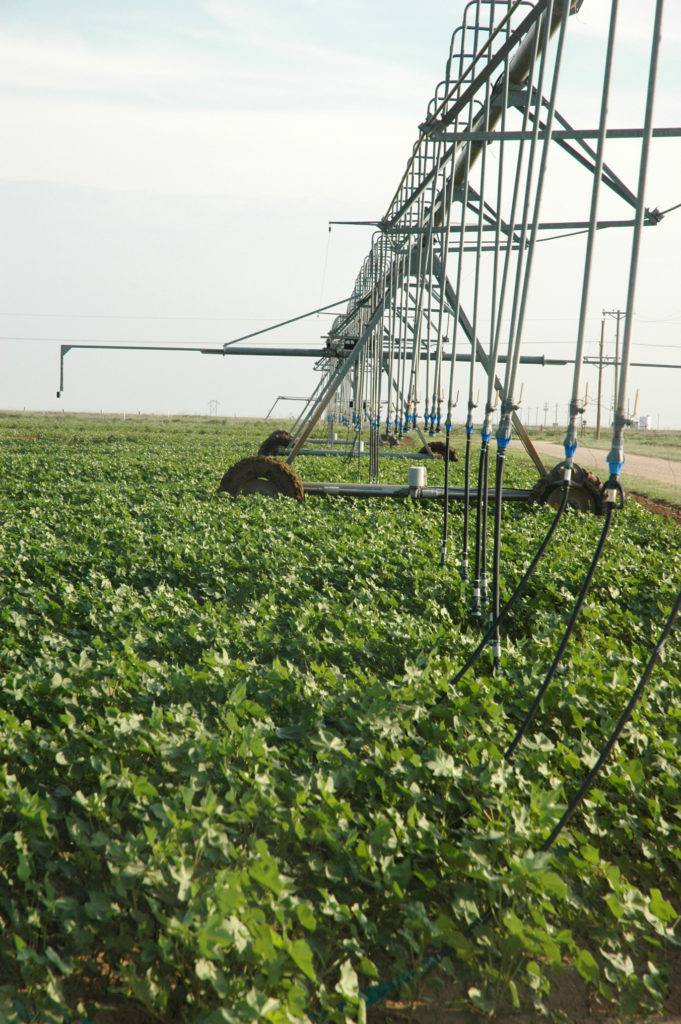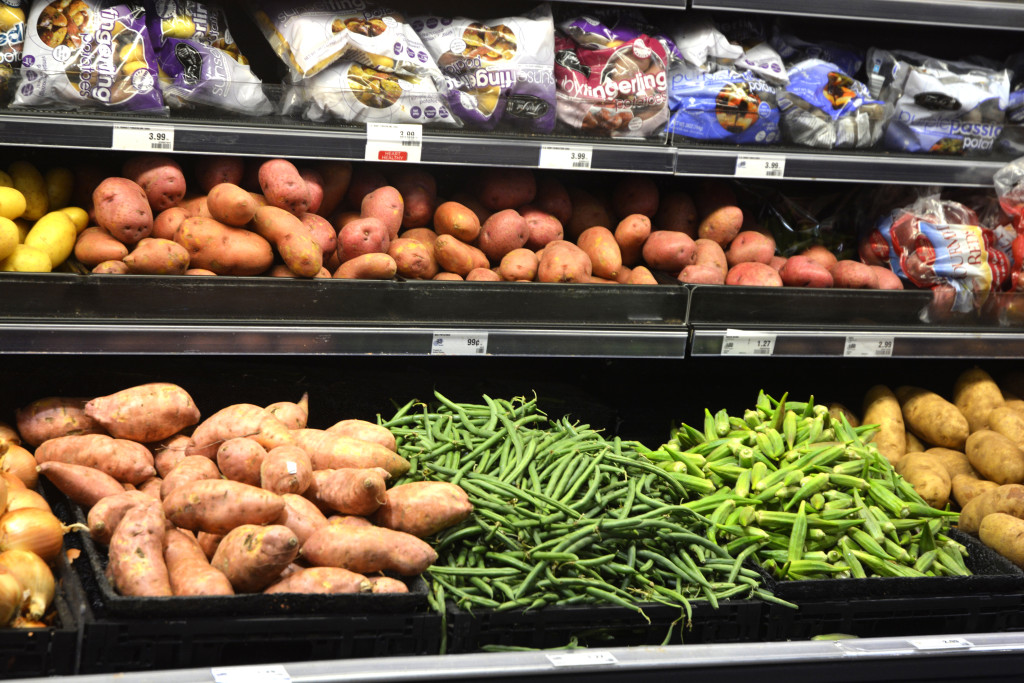New Texas A&M AgriLife report provides details on Coronavirus Food Assistance Program
Much-needed aid announced for agricultural producers greatly affected by COVID-19

The Agricultural and Food Policy Center at Texas A&M University in College Station has released a new report providing details and insights into the Coronavirus Food Assistance Program.
“Overview of the Coronavirus Food Assistance Program, CFAP,” was produced by center co-directors Bart Fischer, Ph.D., and Joe Outlaw, Ph.D., along with Texas A&M AgriLife Extension Service agricultural economists David Anderson, Ph.D., College Station, and Justin Benavidez, Ph.D., Amarillo.
Recently, the U.S. Department of Agriculture released details on CFAP and announced that sign-up for the program will be from May 26 to Aug. 28. In providing direct support to farmers and ranchers, USDA is drawing on two separate funding authorities: $9.5 billion from the Coronavirus Aid, Relief and Economic Security, or CARES Act, and $6.5 billion from the Commodity Credit Corporation, or CCC.
“Given the scope of the challenges facing the agricultural industry, more assistance will undoubtedly be needed as the impact of the pandemic continues to unfold,” Fischer said. “This report is based on our review of available information, but eligibility for the new program will ultimately be determined by USDA.”
Fischer said the CFAP’s $19 billion package contains two primary components:
• First, the USDA’s commitment to partner with regional and local distributors to purchase $3 billion in fresh produce, dairy and meat, beginning with the procurement of an estimated $100 million per month in fresh fruits and vegetables, $100 million per month in a variety of dairy products and $100 million per month in meat products.

• Second, the USDA’s commitment to provide $16 billion in direct support to agricultural producers where prices and market supply chains have been impacted and to assist producers with additional adjustment and marketing costs resulting from lost demand and short-term oversupply for the 2020 marketing year caused by COVID-19.
“This report provides an update on both components of CFAP,” Fischer said.
The CFAP provides much-needed aid for producers who have been significantly affected by COVID-19, Outlaw noted.
Despite the fact the coronavirus relief bill provided a $14 billion replenishment for the CCC, the funding is not available until after June 2020. As a result, they are drawing on existing CCC funding to operate the Coronavirus Food Assistance Program.
According to the report, commodities eligible for the Coronavirus Food Assistance Program include:

- Livestock: cattle, hogs and sheep (lambs and yearlings only).
- Dairy
- Wool
- Non-specialty crops: malting barley, canola, corn, upland cotton, millet, oats, soybeans, sorghum, sunflowers, durum wheat and hard red spring wheat.
- Specialty Crops — Fruits: apples, avocados, blueberries, cantaloupe, grapefruit, kiwifruit, lemons, oranges, papaya, peaches, pears, raspberries, strawberries, tangerines, tomatoes and watermelons.
- Specialty Crops — Vegetables: artichokes, asparagus, broccoli, cabbage, carrots, cauliflower, celery, sweet corn, cucumbers, eggplant, garlic, iceberg lettuce, romaine lettuce, dry onions, green onions, peppers, potatoes, rhubarb, spinach, squash, sweet potatoes and taro.
- Nuts: almonds, pecans and walnuts.
- Other: beans and mushrooms.
In relation to the $16 billion in direct payments to agricultural producers, the report provides clarification on payment rates and eligible commodities, payment limits and income tests, and payment reductions. It also provides payment calculations and examples by commodity.
While CFAP provides a significant amount of aid, there are several losses not covered, Fischer said.
“As noted in another recent report by the Agricultural and Food Policy Center, losses to Texas agriculture alone could exceed $8 billion,” he said. “As Congress continues to debate the next steps, there remain some ongoing items of concern for those involved in production agriculture.”
He identified some of those additional items of concern as:
- 2020 Row Crops: CFAP only provides assistance for crops held in inventory as of Jan. 15. In other words, it provides no assistance for the 2020 crop year.
- Livestock: While livestock producers in general and cattle producers in particular are the biggest recipients of assistance from CFAP, the estimated support for cattle is still significantly less than half of the damages estimated by industry. While animals marketed between Jan. 15 and April 15 and held in inventory from April 16 to May 14 will be eligible for a CFAP payment, there likely will be calls for additional assistance. Also, those producing poultry on contract and paid by pounds produced may accrue significant additional losses.
- Others in the Supply Chain: CFAP provides no direct benefits to anyone in the supply chain after leaving the farm gate. For example, ethanol producers are under tremendous strain. Also, the merchandising supply chain for cotton has incurred significant carrying charges, logistical costsand market disruptions not currently addressed by CFAP.
“We hope this information on CFAP will be of use to producers as they sign up for the program,” Fischer said.


